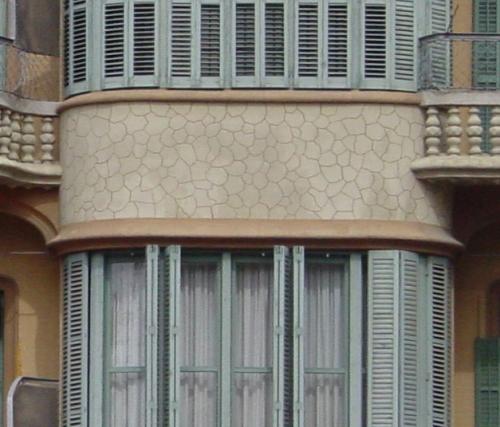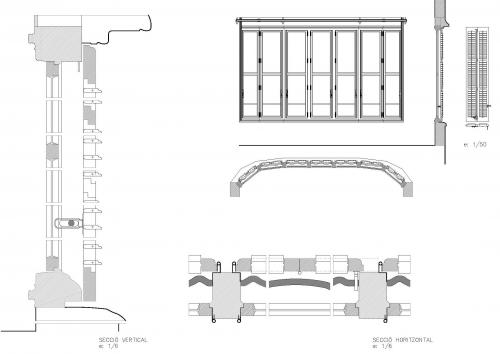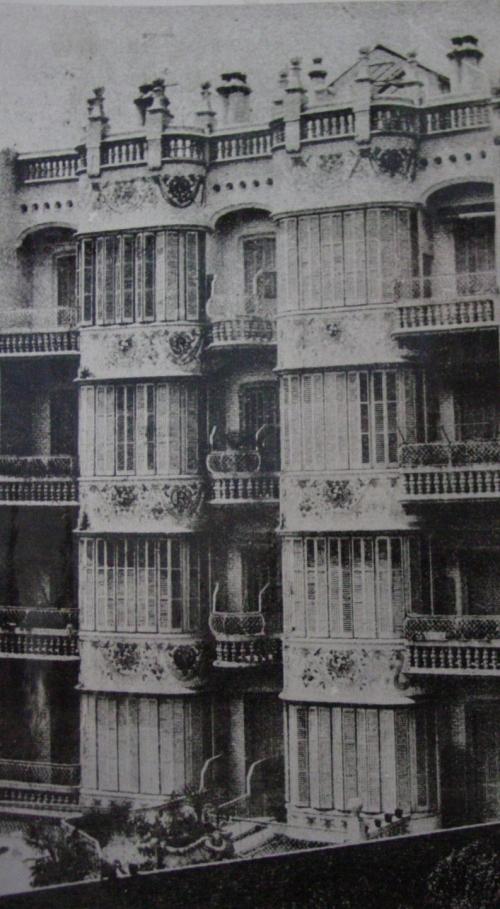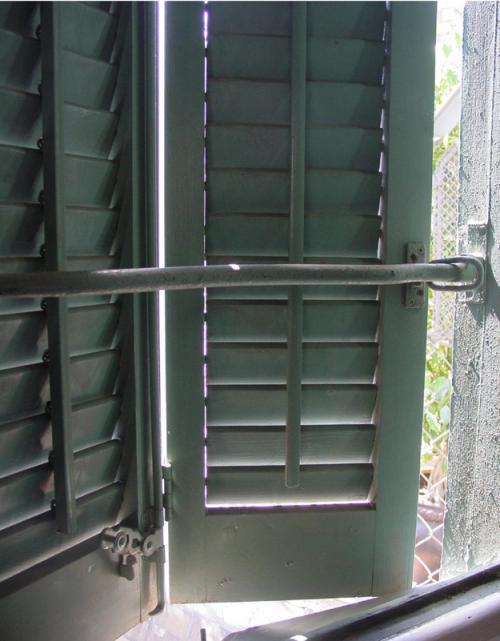Gaudí 5: guided folding-sliding shutters [356]
Gaudí built Calvet’s House, between 1898 and 1904; it was his first project in the Eixample of Barcelona and the only one which was rewarded in all his life.Calvet’s House was a building of renting flats, therefore that should have a low cost construction. Eeach floor has two flats which have façades in both orientations: exterior onto street and interior onto block courtyard. The sitting room is located towards the south, the best direction despite getting views onto the courtyard, with a curved balcony that juts out from the façade plane. That is the same strategy used in Güell Palace in order to achieve the requirements of solar protection and visual control. However, with the lower budget, Gaudi simplifies that system using folding shutters. Until that date, neither balcony nor gallery onto streets of Barcelona’s Eixample had got insert neither shutters nor blinds because it was very difficult not only their handling but also their control as there weren’t neither jambs for picking up nor floor for reaching their sheets.Gaudi designs a very easy solution and so as witty. The curved balcony is divided into seven windows, each one with its own shutters of two folding panes. The way to achieve the control of its movement is through a guide. At the end of the free sheet is inserted a ring pull which is sliding by a tubular handrail. Thus, each pair of panes has always their edges controlled. In addition the shape of the handrail is undulating whereby it is avoided the uncontrolled movement, for example by the wind, therefore the sheets remain in place.In conclusion, Gaudi proposes the first the folding-sliding shutters.
Balcony with folding-sliding shutters
Sliding folding wooden shutters with steel ring at the end guided by the curved handrail
Fhotos: Núria Martí i AudíOld photo (general view): Catedra Gaudí
Núria Martí i Audí





